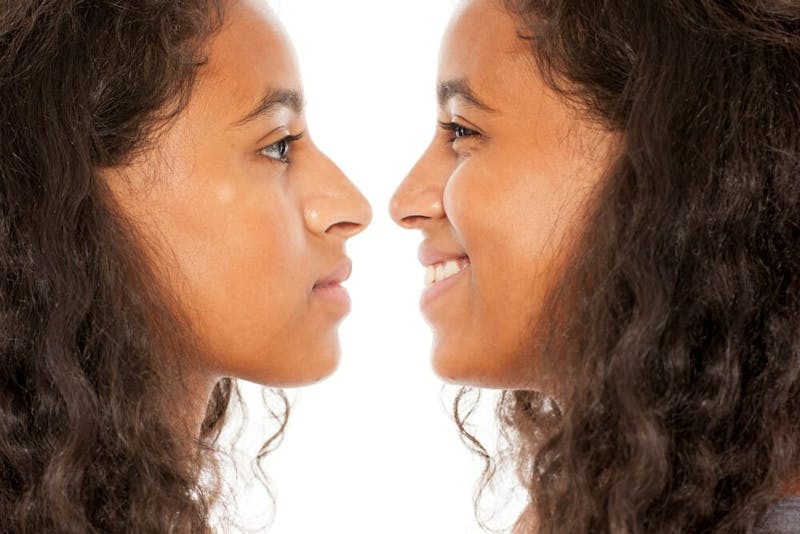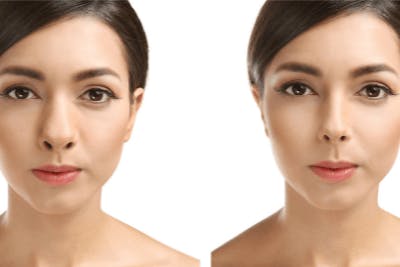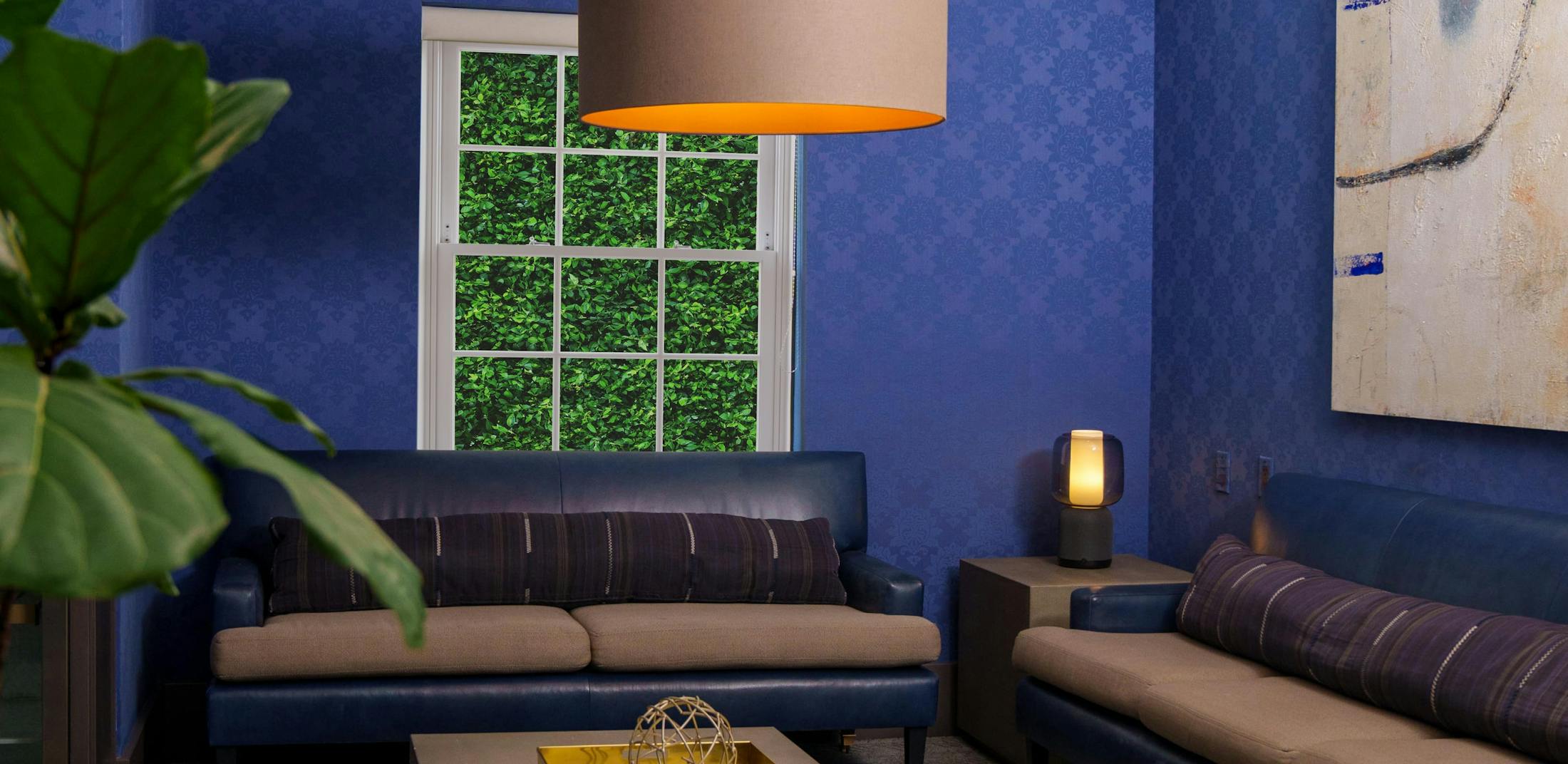
One of the first features people notice is the nose. One of the most popular cosmetic procedures around the world is rhinoplasty. Every year, thousands of people, both males and females seek out the expertise of Dr. Torkian, Beverly Hills’ own renowned facial plastic surgeon, for rhinoplasty and other cosmetic treatments to correct their imperfections and enhance their appearances and self-confidence.
The nose is one facial feature that is heavily influenced by ethnicity and genetics. Despite similarities in structure, everyone has different nasal characteristics. Ethnic rhinoplasties are best suited for individuals of ethnic descent who want to transform the shape and size of their noses without sacrificing their ethnic features.
Ethnic rhinoplasty is a cosmetic surgery that restores symmetry and balance to the patient’s nose, so it better complements and enhances their ethnic features. Traditional rhinoplasty is already an effective procedure that reshapes and corrects structural issues within the nose. But the techniques necessary to perform the procedure don’t necessarily complement patients with ethnic features they’d like to maintain.
Common Reasons for Ethnic Rhinoplasty
The nose is one of the most noticeable and attractive features of the face. No two people have the same nose, but there are similarities among different ethnic groups. There are several factors that influence the shape and size of the nose, besides genetics and health, such as individual skin thickness, nasal health and structure, and cultural identity.
Ethnic rhinoplasties are designed to correct cosmetic, structural, and functional issues of the nose while preserving ethnic features. Below are the most common areas of the nose ethnic rhinoplasties address:
Nose Tip: Among the most prominent nasal features is the tip. In different ethnic groups, the tip of the nose varies in size, width, and shape. One of the most common reasons patients get ethnic rhinoplasties is because they’re unhappy with how the tip of their nose looks. Ethnic rhinoplasty is commonly sought to correct the external appearance of the tip by making it less broad and bulbous or adding volume and structure so it’s less flat or narrower.
Nasal Bridge Irregularities: The bridge of the nose varies in width and proportion, and is highly dependent on patient ethnicity, health, and if there’s a history of nose injuries or previous surgeries. Many ethnic rhinoplasty patients have the procedure to make their nasal bridges narrower or smoother.
Medical Necessity: Ethnic rhinoplasty is necessary for some patients to help resolve structural and health concerns that cause breathing problems. Polyps, tip and bridge deformities, and even a deviated septum can make breathing a more laborious task than it should be.
What Are the Different Types of Ethnic Rhinoplasty?
Successful ethnic rhinoplasty procedures require exceptional surgical skill and knowledge of ethnic features and techniques to make specialized changes and revisions to the nose to achieve the desired results. Dr. Torkian works with patients to develop a customized ethnic rhinoplasty plan that enhances and balances their facial features while complementing their ethnic facial characteristics. There are four different types of ethnic rhinoplasty, each targeting specific features associated with certain ethnicities.
 Augmentation: Augmentation rhinoplasty involves making subtle corrections to different areas of the nose to define and alter the proportions of the nose. For example, changing the cartilage allows Dr. Torkian to reshape the nostrils and bridge of the nose to create the illusion of a narrower tip. Augmentations can also be done to give the nose tip an upward or downward lift to balance and enhance the patient’s side profile so the nose doesn’t stick out so far from the face.
Augmentation: Augmentation rhinoplasty involves making subtle corrections to different areas of the nose to define and alter the proportions of the nose. For example, changing the cartilage allows Dr. Torkian to reshape the nostrils and bridge of the nose to create the illusion of a narrower tip. Augmentations can also be done to give the nose tip an upward or downward lift to balance and enhance the patient’s side profile so the nose doesn’t stick out so far from the face.
Reduction: Reduction ethnic rhinoplasty involves reducing the size of the nose by removing excess cartilage, bone, and nasal tissue to make the nose smaller so facial features are closer and more centered. The type of ethnic rhinoplasty is primarily requested by patients of Middle Eastern descent.
Revision: Revision rhinoplasty is reserved for individuals who require additional work or repairs to previous procedures to get closer to their appearance goals. Revisional rhinoplasties come with certain risks, such as additional scar tissue.
Projection: Some ethnic rhinoplasty patients require alterations that include adding cartilage grafts to specific areas of the nose to provide more structure, definition, and feature refinement. Projection ethnic rhinoplasty makes the nose protrude further from the face, so it looks skinnier and more elegant. The procedure is commonly performed on Asians, African-Americans, Native Americans, Pacific Islanders, and Hispanics.
Find Out If Ethnic Rhinoplasty Is Right for You
When it comes to ethnic rhinoplasty, patient facial features do matter. Patients of ethnic backgrounds have delicate nasal structures that require different techniques than traditional rhinoplasties. Traditional methods are not as effective for some ethnicities and typically require specialized nasal reconstruction techniques associated with ethnic procedures.
Also, some patients may require additional facial plastic surgery procedures besides rhinoplasty to help dramatically improve their appearance and balance their facial proportions, such as eyelid surgery or chin augmentation. Dr. Torkian makes treatment decisions based on patient profile, appearance goals, and expectations.
To learn how Dr. Torkian can enhance your nose and appearance while protecting or complementing your ethnic characteristics, contact Torkian Facial Plastic Surgery (310) 652-6673 to schedule a consultation.

